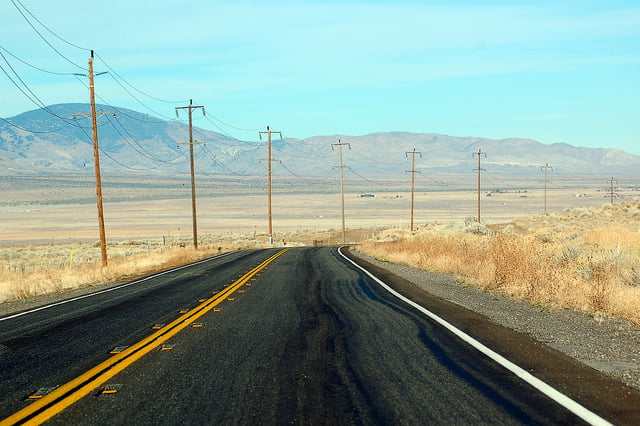Development of roads and highways are just some of the most common construction projects that a city experiences every year. Even if there are no new roads to build and pave, maintaining other roads in working order is still an important task.
But while engineers are worrying about improving the quality of the pavement as they build roads, scientist and researchers are actually thinking of ways on how to generate power from it. Remember how we could use the force of rain and the pressure of our joints and muscles to produce electricity? That’s right; these ongoing road development research projects would attempt to transform our highways into electric generators using piezoelectricity.
Related Stories:
Trivia App To Keep Drivers Awake By Shouting Questions
Discarded Tires To Literally ‘Pave The Road’ In Green Project
“The Israeli Road Electric Generation Project”
In 2008, Israel announced a a test road project. The project held a proposal to build a new revolutionary type of road, one that would use the vibrations and stress that it receives from passing vehicles and convert it to usable energy for the grid. The project was headed by Innowattech, a green energy company based in Ra’anana, Israel that specializes in researching and providing sustainable ways of producing energy from piezoelectricity.
To achieve the needed results, the plan called for the installation and embedding of their specially developed IPEG (Innowattech Piezo-Electric Generator) devices throughout the road structure. During that time, they had planned to test the system on a 100-meter stretch of roadway, and had expected to produce at least 400 kilowatts of energy from the test rig.
With the generally positive results of their tests for the past four years, today they are stretching the idea out to be applied on runways and railroads.
“The California Pavement Energy Initiative”
With the initial success of the piezoelectric road systems in Israel, California Assemblyman Mike Gatto in 2011 proposed a new bill that would also bring this “squeeze electricity” technology to the United States. Instead of providing passive power to hybrid vehicles however, his proposal stayed true to the original objective of the concept: to power the grid using the road’s vibrations and mechanical stress. The assemblyman hoped that at least two pilot projects would be approved and started as soon as the bill is passed successfully.
…
To continue reading this article, click here.
Via The Environmental Blog
Photo by Tiberiu Ana
Related posts

Resilient And Nutritious New Plant-Based Milk Aims To Make A Splash

Chocolate From Cultivated Cocoa Comes Without Environmental Toll

Plastic Fantastic: Startup Takes PVC Back To Its Crude Oil Roots




Facebook comments